How to make DASHI~The BASICS~
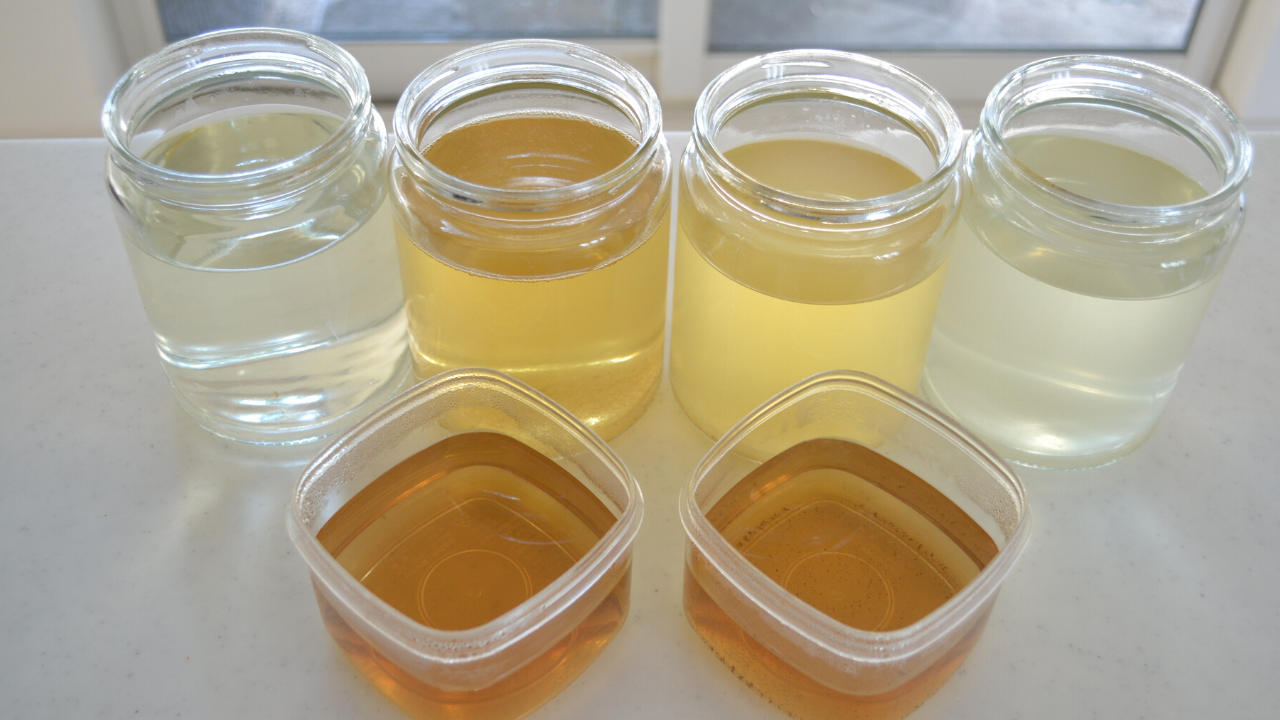
Today I’m going to show you how to make Japanese Dashi.
Dashi is an essential element of Japanese cooking. We can’t make any Japanese dishes without Dashi.
I’m going to show you the basics of Dashi making.
I have received so many questions for my Japanese traditional breakfast video, asking,” so, you don’t add Kombu kelp, why?” because there are no rules!
I’ll walk you through how we make Dashi according to the ingredients we use in each Dashi.
Kombu Dashi
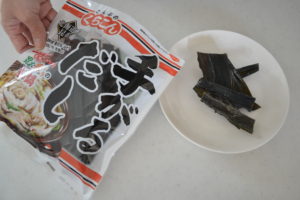
The first one is dried Kombu help that you might have seen already using in my videos.
Kombu Dashi is the most fundamental ingredient when it comes to Dashi.
This is the product I always choose. It comes in a nice size for making Dashi.
It has very gentle Umami by itself but makes delicious broth when you combine with another flavor profiles like bonito flies or an animal product like pork.
Kombu makes a vegan Dashi so that you can use it for the vegan dishes.
Instruction:
There are two ways of making Kombu Dashi.
One is cut the slit and steep in water overnight in the fridge. This makes gentle Dashi, subtle in flavor.
We use this even for babies just start eating.
And the other is simmer in 60°C hot water for 20 to 30 minutes. I prefer this method because it draws out maximum flavor from Kombu kelp. This method is invented relatively recent.
Bring it to just before boiling until the Kombu is fully rehydrated ike this.
It expands like 20 times bigger than the original shape.
Take out the Kombu kelp just before boiling before the slimy property is coming out.
We like the clear taste. The Dashi should not be slimy, so we always take out before boiling.
Transfer to a glass jar, and you can keep it for the three to four days but best using fresh.
Dried Shiitake Mushroom
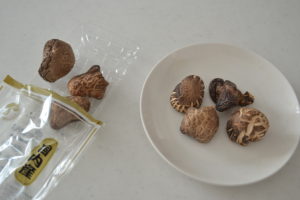
The dried shiitake mushrooms also makes the good vegetarian broth.
One of the Umami profile called Guanylic acid is only in dried shiitake mushrooms.
And it makes unique flavor very earthy and intense flavor to the Dashi.
The crack on the cap represents the highest quality. The meat is very thick and tastes very good.
But it’s relatively expensive so you can buy cheaper ones for the Dashi making.
The vegetarian broth makes a very complex flavor when you combine with Bonito flakes or other ingredients.
Instruction:
Soak two dried Shiitake mushrooms in 3 cups of water. Let sit at least two hours at room temperature or overnight in the fridge until the dried shiitake mushroom is hydrated.
The Dashi is the most intense vegetarian Dashi in Japan. We often use it for Japanese Shojin Ryorui, served in Buddhist temple.
Of course, we use it if we are not vegetarian. I like to use it for some noodles in summer.
Transfer rehydrated-dried-shiitake mushroom into a pot and bring it to a boil.
Simmer on medium-low heat for 10 minutes.
Skim off the scums occasionally.
The color turns brownish and smells wonderful.
Bonito Flakes (Katsuobushi)
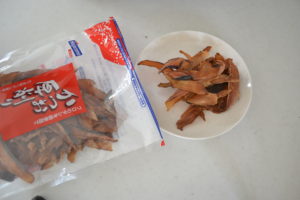
Bonito flakes make a rich broth. This is the most popular Japanese Dashi. You can find it at three stars Michelin restaurant and even at home.
There are two kinds of bonito flakes. Thin-slice is available at any grocery store, but I’d love to use the thick slice. If you find it, just buy it for the best Dashi experience.
Thick bonito flakes are used in soba noodle restaurants, and it makes the richest and the most intense flavor and has the strongest Umami.
Instruction:
This is my favorite thick sliced bonito flakes Dashi.
This Dashi has the most intense flavor, which I love.
Bring 3 cups of water to a boil, and put in a handful of thick bonito flakes.
Simmer for 7 to 8 minutes and pass through a sieve. You can use it immediately, or you can store it 3~4 days in the fridge, but best using fresh.
Once you taste the thick bonito flake dashi, you can’t go back to that thin sliced.
I hope you can find it in your grocery store. I put the amazon link in the description box below.
Thin slice Katsuobushi is good enough!
Niboshi Dashi
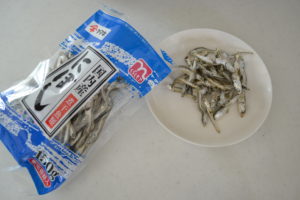
The last one is Niboshi Dashi, made with dried baby sardine.
This baby fish makes unique Dashi of all. It has strong fish flavor but so delicious and comfortable somehow.
Niboshi is added in “powdered” to ramen broth to make thick broth. Called two soups ramen and become very popular in these days.
Instruction:
Take off the heads and the guts.
The heads and the guts have bitterness in the flavor.
Transfer it to a teabag if you have one.
If you don’t, pass through a sieve later.
Put the bag in a pot and add 3 cups of water.
Turn the heat to medium, and bring it to a boil.
Simmer 10 minutes and take out the bag.
Transfer to a glass jar and use up within 2 to 3 days.
We are going to make winter Miso soup next week from this Dashi.
Niboshi is commonly used for the Miso soup. My grandmother used to make miso soup with Niboshi in a small size. She left the head and gut to take every nutritions. Niboshi was one of the ingredients of miso soup.
Niboshi contains calcium, EPA, and DHA, which makes your brain work better and improve your blood circulation
.
Kombu & Katsuobushi
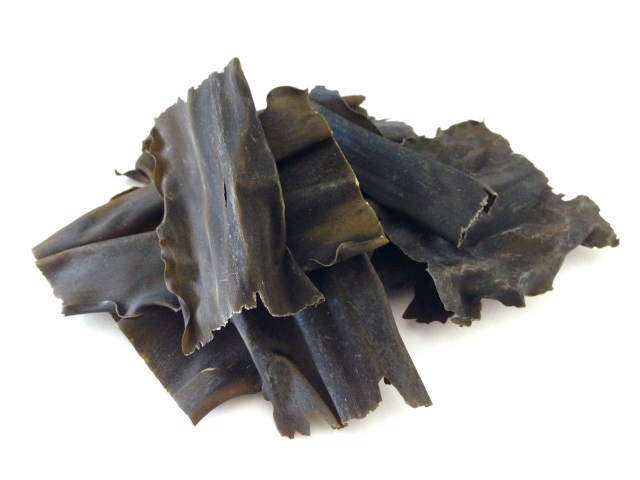
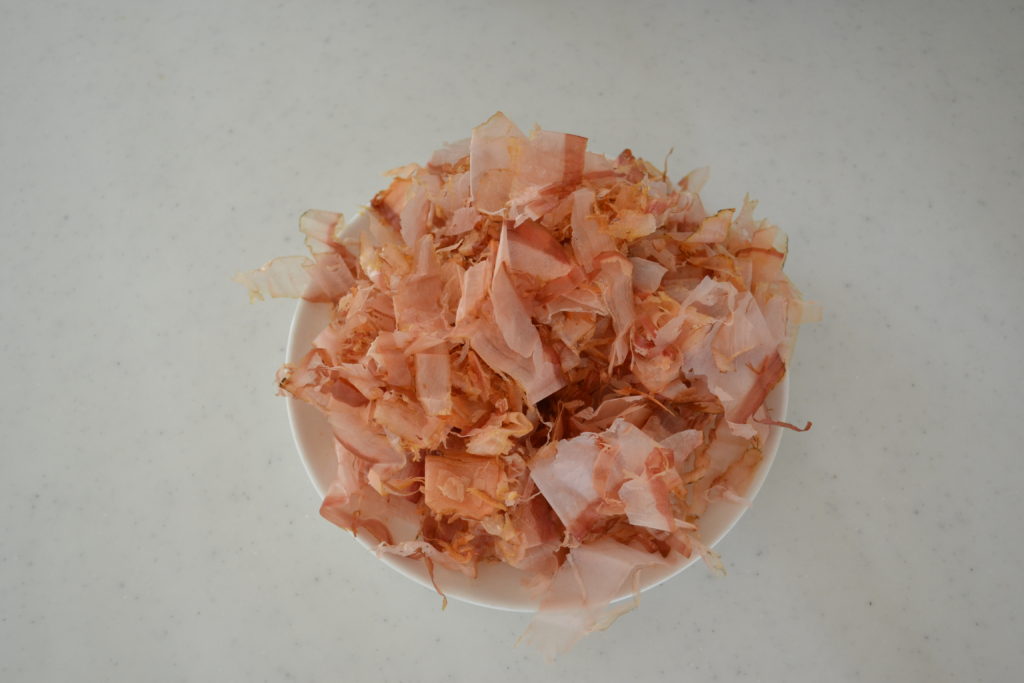
Next, Kombu and Bonito flakes Dashi.
I believe this is the most famous Dashi in the world.
When you say Dashi, it indicates this recipe.
First, put one piece of Kombu kelp, pour 3 cups of water. Start cooking on low heat.
Take out the Kombu just before boiling.
Put in a handful of Bonito flakes, then bring it to a boil.
Turn the heat off when it reaches a boil.
Leave it 5~6 minutes until the bonito flakes sink to the bottom.
Pass through a sieve and transfer to a glass jar, and keep it in the fridge.
It will keep 3~4 days in the fridge.
Don’t ever squeeze the bonito flakes.
Just gently shake off the liquid.
If you squeeze, you will have cloudy Dashi, which we don’t like.
Niban Dashi (Second Dashi)
You can make a second Dashi from these leftovers.
Add in one and half a cup of water, which is half of the primal amount. Cook on medium heat for 5 to 6 minutes.
You can squeeze this time.
Second that she has no rich flavor but enough to make tasty simmered vegetable side dishes. Simmer seasonal vegetables and add salt or soy sauce.
